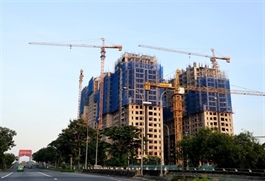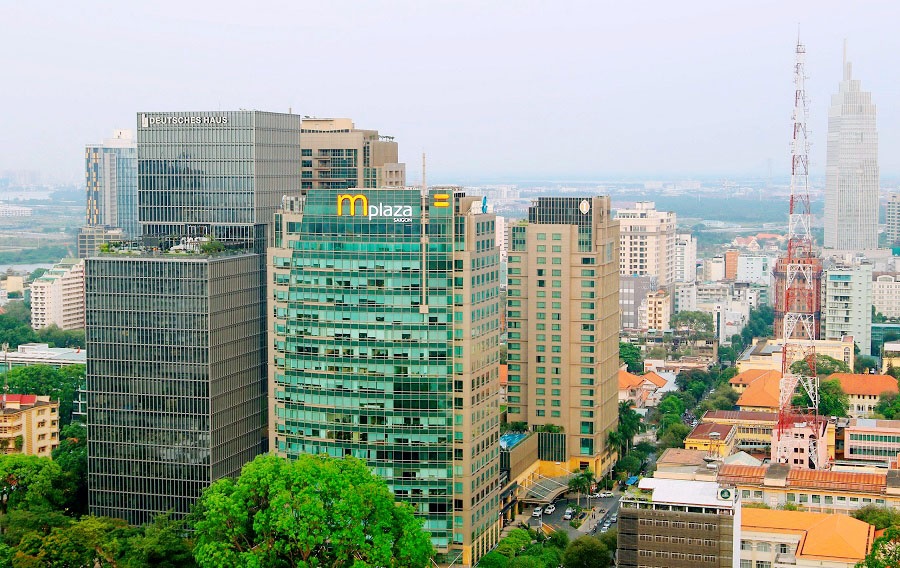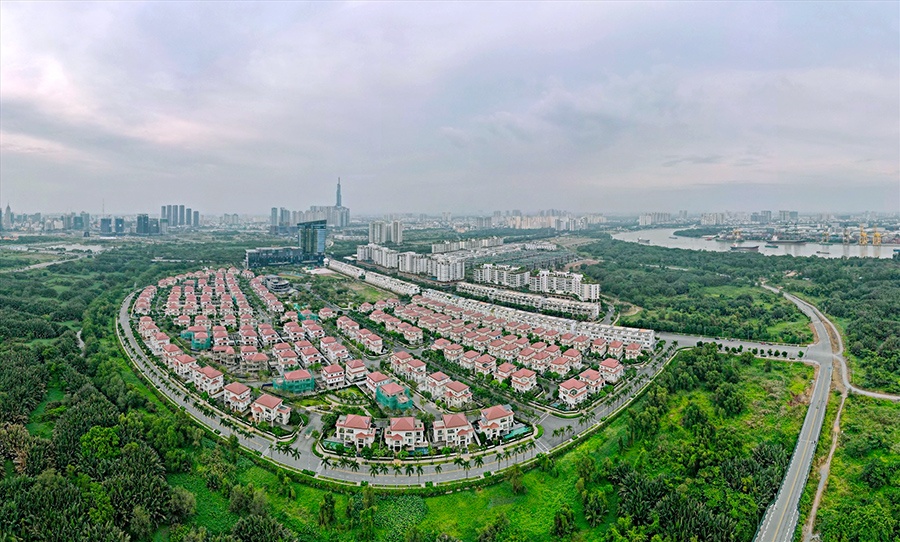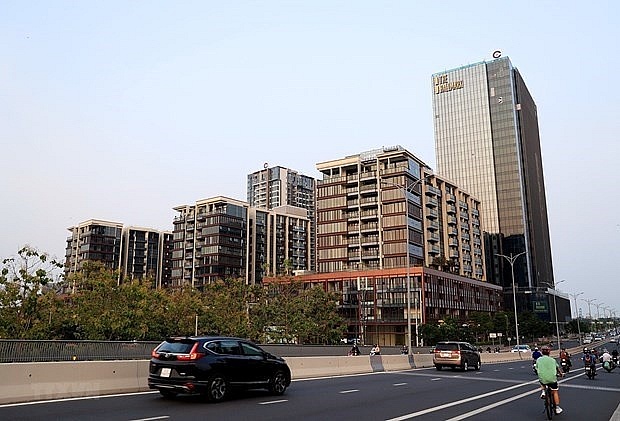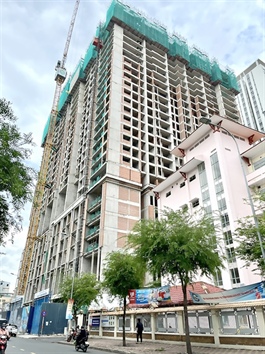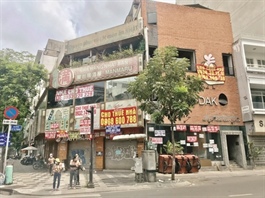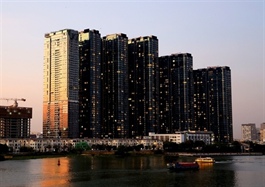Land rules widened to aid tourism
Land rules widened to aid tourism
Experts are recommending it is necessary to add types of mix-use housing projects, new urban areas combined with commercial businesses, tourism, entertainment and multipurpose complexes into a revised draft Land Law regulating government land repossession for development.
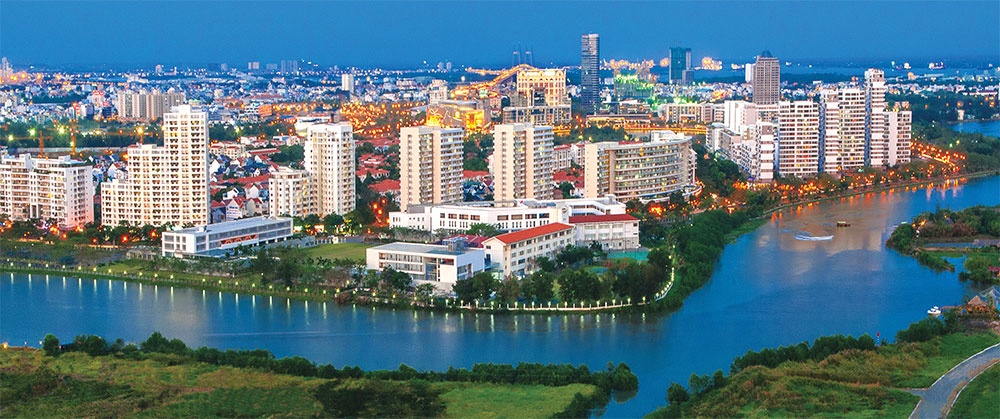
The draft revised Land Law is being reviewed and completed by authorities and bodies at all levels before being submitted to the National Assembly in its next session, set to kick off on October 23.
Mix-use housing projects, new urban areas combined with commercial businesses, tourism, entertainment and multipurpose complexes are currently excluded in the revised draft, which regulates what land the state can repossess to hand over to investors for development.
This means investors of the aforementioned projects have to negotiate compensation expenses directly with landowners. This is difficult as investors can rarely landowners, and projects have been delayed for years accordingly.
However, if those projects are included in the list of land repossessed by the state for economic and social development, they will be compensated by the local authorities. The state is responsible for land repossesses and handover to investors. Investors can receive land and deploy project construction on schedule.
Developing tourism infrastructure is one of the important solutions to turn it into a key economic sector, according to a 2017 Politburo resolution stating that tourism should be the anchor economy.
Professor Dang Hung Vo, former Deputy Minister of Natural Resources and Environment, said that tourism development projects used to be included in the state’s land acquisition in the 2003 Land Law, and that decree 84/2007/ND-CP from 2007 also legislated tourism as a leading sector appropriate for state land repossessions.
However, in the 2013 Land Law, this regulation was removed, and the current revised draft did not mention this subject any more.
“Although the land law has been edited many times, it still left tourism projects behind and this goes against conditions on the ground,” Vo said. “To make tourism become a key economic sector, we need to have specific regulations on tourist land and open policies and mechanisms on land, taxes, investment for tourism real estate. To achieve that, tourism projects and tourism complexes must be subject to state land recovery.”
According to Vu Tien Loc, a member of the National Assembly of Hanoi, it is necessary to add these new land types to the revised law.
“For many localities, the construction of new urban areas and large-scale, modern entertainment tourism projects are really necessary in the process of socioeconomic development,” he said.
“In fact, there have been many projects delayed for many years due to problems in land use rights transference. Therefore, for some specific projects, if the state takes the right to recover land, they will be implemented faster and more efficiently.”
Lawyer Doan Van Binh, vice chairman of the Vietnam National Real Estate Association and chairman of CEO Group agrees.
“These additional types of land repossessed by the state will help the current legal system become more consistent with bidding regulation for selecting investors to implement projects and avoiding discrimination between types of land,” Binh said.
In addition, experts have also suggested permitting bidding to choose investors for new urban development projects for more than 300ha, combined with services, entertainment, and multi-functional projects.
In reality, Vietnam has many large-scale urban projects spanning hundreds of hectares, such as Phu My Hung, Vinhomes Ocean Park, Vinhomes Dream City, WaterPoint Long An, and many others.
The addition of large-scale urban projects and multipurpose complexes into the list of land the state may repossess is in line with international trends and actual development needs.
The method of selecting investors through bidding will ensure the successful selection of investors experienced in implementing similar projects and financial capacity.



